Here’s a scenario we’ve all experienced: While sitting in a traffic jam, a small plane passes overhead. Watching it make its way, presumably in a straight line to its destination, not tethered to roadways, it’s easy to wonder what it would be like to be at the wheel, watching the world pass by from above. How hard could it be to fly along on a clear, cloudless day? Most pilots will say flying is pretty easy, but they'll be quick to tell you the tricky part is landing.
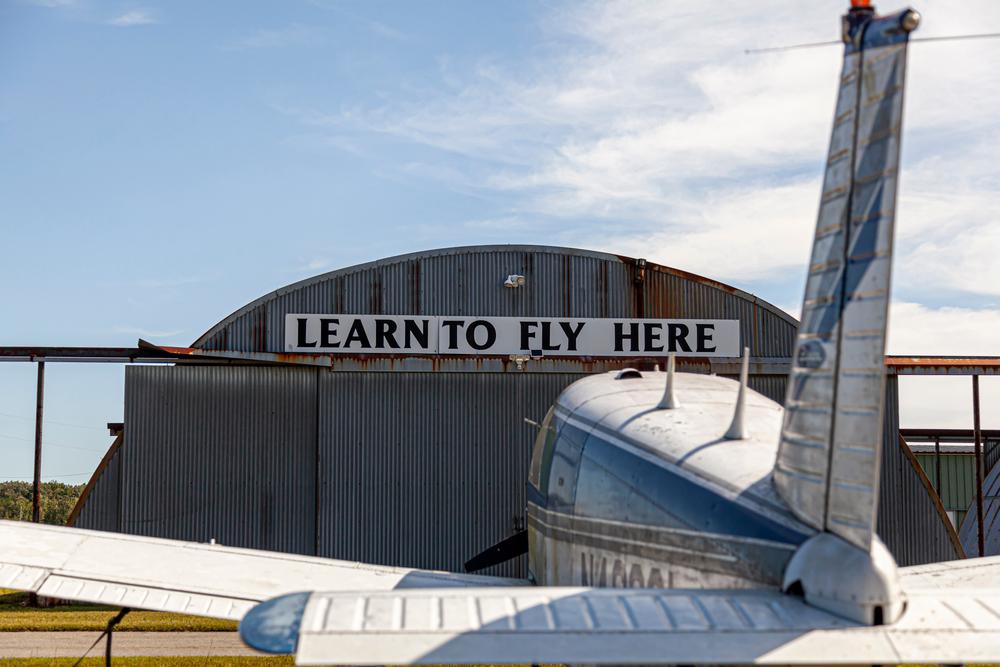
Licenses
If you can drive a car, chances are good that you can fly a plane if you’re given proper instruction. Discovery flights, which allow you to experience a takeoff, level flight, and a landing in a two-seat Cessna 152 or similar small plane, are available at flight schools across the country for about $100. If that short flight leaves you wanting more, you can begin the journey of earning a license (also referred to as a certificate) to operate fixed-wing aircraft.The first step in obtaining a license is to decide what type of plane you want to fly, which determines the license to pursue. There are three certificates for private pilots: sport pilot, recreational pilot, and private pilot.
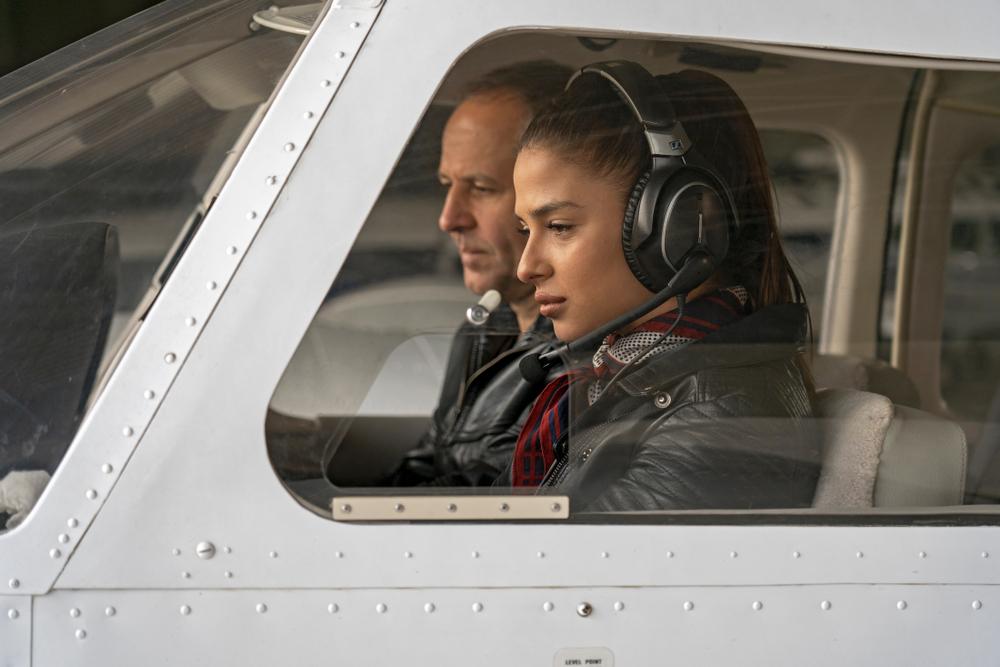
A sport pilot can operate certain light aircraft, carrying one passenger only during daylight hours with visibility in excess of three miles, at altitudes of less than 10,000 feet, while avoiding busy airspace around air traffic-controlled airports (Class B, C, and D airspace). This certificate requires 20 hours of flight training, and it’s the only certificate that doesn’t presently require the student to undergo a Federal Aviation Administration (FAA) medical exam.
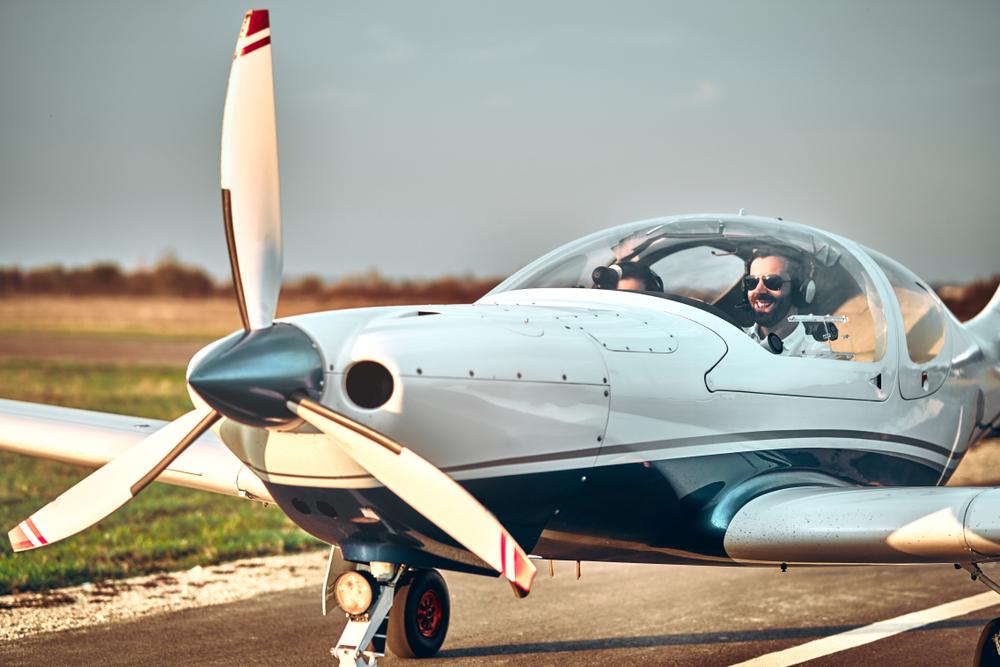
The next step up is the recreational pilot certificate, which permits the operation of many common light aircraft during daylight hours within 50 nautical miles of the “home airport” while avoiding Class B, C, and D airspace. This certificate requires 30 hours of flight time, 15 of which must have an instructor aboard, and an FAA medical certificate.
The private pilot’s license requires 40 hours of flight training, 20 of which are under an instructor’s supervision. This is the most common private license, allowing operation of a wide variety of single-engine aircraft to, from, and around controlled airports with multiple passengers aboard. Upon earning the private pilot certificate, ratings and endorsements, such as an instrument rating to fly after dark or to operate aircraft other than the one used for initial flight training, can be pursued.
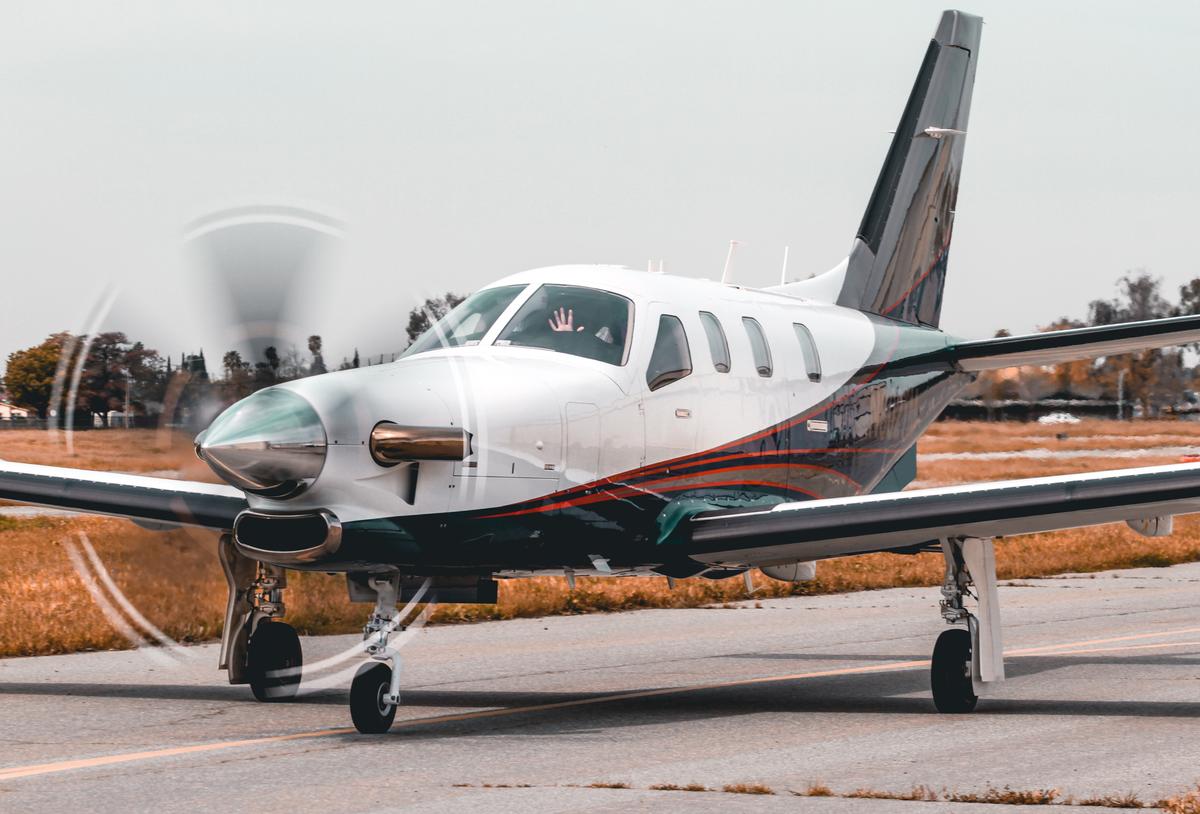
Ground School
Ground school is definitely not as exciting as time spent in a cockpit, but it requires complete attention and focus, as it covers a wide range of topics and information that will be applied during every flight. Examples include the basic principles of physics that allow an aircraft to fly, how to plan a flight, how to interpret weather conditions that may affect a flight, how the different parts of an aircraft work while in flight or during takeoff and landing, and various FAA rules and regulations.Ground school can be done at a flight school or via online courses. Hiring an independent flight instructor is a third option, although it could be the most expensive. Most students complete ground school in four to eight weeks. Student pilots can take part in ground school while also doing flight training. However, many instructors suggest that ground school be completed prior to flight training in order to allow the student to focus on the coursework and thus be better prepared to pass the test at the end.
Flight Training
With ground school complete, the student can focus on flight training. Because the student is learning skills and techniques that quite literally mean the difference between a fun flight or a fiery crash, it’s critical to form a relationship with the instructor based on trust and mutual respect. If there’s any hint of conflict, the student needs to immediately take steps to be assigned to a different instructor. That also goes the other way, as the student needs to respect the instructor.Gravity is unforgiving, but by paying full attention and staying focused, you can safely enjoy the view.

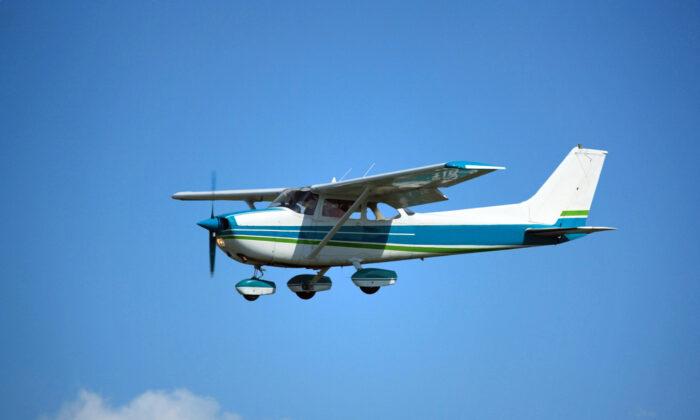





Friends Read Free